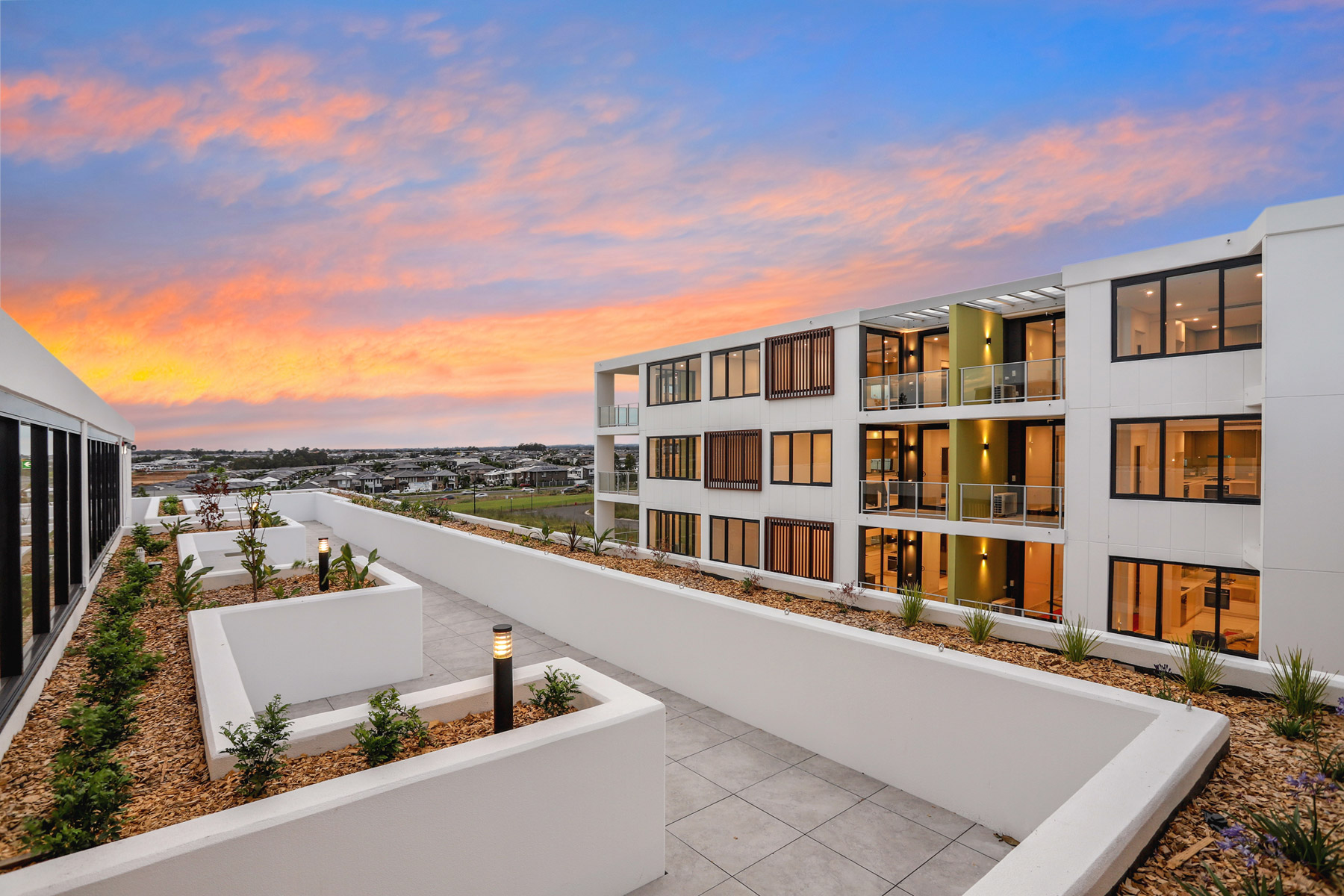ANDERS SÖRMAN-NILSSON TO HEADLINE EXCLUSIVE PROPERTY FUTURES EVENT IN SYDNEY
An unmissable evening of foresight, finance and the future of real estate.
Swedish-Australian futurist Anders Sörman-Nilsson, one of the world’s most sought-after innovation strategists, will headline an exclusive event hosted by Kanebridge Quarterly Magazine this August in Sydney.
Held at the elegant Royal Automobile Club of Australia, this evening event will bring together some of the country’s most forward-thinking property and finance minds to decode what lies ahead for investors, developers and capital leaders.
Sörman-Nilsson is globally recognised for helping businesses navigate disruption and turn emerging trends into competitive advantage.
With clients including Apple, ING and Macquarie Bank, his high-energy keynotes blend behavioural science, futurism and technology, delivering insights that challenge the status quo and ignite strategic action.
His session will explore the tectonic shifts in demographics, sustainability, artificial intelligence and climate-driven design — and what they mean for the built environment.
Also on the agenda is Dr Andrew Wilson, Chief Economist at My Housing Market, who will deliver a sharp analysis of Australia’s evolving economic landscape, with insights into interest rates, inflation, migration and what they signal for the housing sector over the next 12–24 months.
The gold star line-up also includes Darren Younger, CEO of Assetora, a fast-growing platform bridging the gap between property and fintech innovation; and Paul Chapko, from JLL Capital Markets, who will offer exclusive insights into capital trends, financing shifts and what’s next for global property investment platforms.
Designed for high-level professionals across property, investment and finance, the evening will include networking, light refreshments, and access to rare, high-impact thought leadership in a premium setting.
Event Details
📅 Wednesday 7 August 2024
🕠 5:30pm – 8:30pm
📍 Royal Automobile Club of Australia, 89 Macquarie Street, Sydney
Spaces are limited and demand is high.
Records keep falling in 2025 as harbourfront, beachfront and blue-chip estates crowd the top of the market.
A divide has opened in the tech job market between those with artificial-intelligence skills and everyone else.
The 2026 McGrath Report warns that without urgent reforms to planning, infrastructure and construction, housing affordability will continue to slip beyond reach for most Australians.
Australia’s housing market has reached a critical juncture, with home ownership and rental affordability deteriorating to their worst levels in decades, according to the McGrath Report 2026.
The annual analysis from real estate entrepreneur John McGrath paints a sobering picture of a nation where even the “lucky country” has run out of luck — or at least, out of homes.
New borrowers are now spending half their household income servicing loans, while renters are devoting one-third of their earnings to rent.
The time needed to save a 20 per cent deposit has stretched beyond ten years, and the home price-to-income ratio has climbed to eight times. “These aren’t just statistics,” McGrath writes. “They represent real people and real pain.”
McGrath argues that the root cause of Australia’s housing crisis is not a shortage of land, but a shortage of accessibility and deliverable stock.
“Over half our population has squeezed into just three cities, creating price pressure and rising density in Sydney, Melbourne and Brisbane while vast developable land sits disconnected from essential infrastructure,” he says.
The report identifies three faltering pillars — supply, affordability and construction viability — as the drivers of instability in the current market.
Developers across the country, McGrath notes, are “unable to make the numbers work” due to labour shortages and soaring construction costs.
In many trades, shortages have doubled or tripled, and build costs have surged by more than 30 per cent, stalling thousands of projects.
Need for systemic reform
McGrath’s prescription is clear: the only real solution lies in increasing supply through systemic reform. “We need to streamline development processes, reduce approval timeframes and provide better infrastructure to free up the options and provide more choice for everyone on where they live,” he says.
The 2026 edition of the report also points to promising trends in policy and innovation. Across several states, governments are prioritising higher-density development near transport hubs and repurposing government-owned land with existing infrastructure.
Build-to-rent models are expanding, and planning reforms are gaining traction. McGrath notes that while these steps are encouraging, they must be accelerated and supported by new construction methods if Australia is to meet demand.
One of the report’s key opportunities lies in prefabrication and modular design. “Prefabricated homes can be completed in 10–12 weeks compared to 18 months for a traditional house, saving time and money for everyone involved,” McGrath says.
The report suggests that modular and 3D-printed housing could play a significant role in addressing shortages while setting a new global benchmark for speed, cost and quality in residential construction.
Intelligent homes
In a section titled Weathering the Future: The Power of Smart Design, the report emphasises that sustainable and intelligent home design is no longer aspirational but essential.
It highlights new technologies that reduce energy use, improve thermal efficiency, and make homes more resilient to climate risks.
“There’s no reason why Australia shouldn’t be a world leader in innovative design and construction — and many reasons why we should be,” McGrath writes.
Despite the challenges, the tone of the 2026 McGrath Report is one of cautious optimism. Demand is expected to stabilise at around 175,000 households per year from 2026, and construction cost growth is finally slowing. Governments are also showing a greater willingness to reform outdated planning frameworks.
McGrath concludes that the path forward requires bold decisions and collaboration between all levels of government and industry.
“Australia has the land, demand and capability,” he says. “What we need now is the will to implement supply-focused solutions that address root causes rather than symptoms.”
“Only then,” he adds, “can we turn the dream of home ownership back into something more than a dream.”
Micro-needling promises glow and firmness, but timing can make all the difference.
In the remote waters of Indonesia’s Anambas Islands, Bawah Reserve is redefining what it means to blend barefoot luxury with environmental stewardship.




















